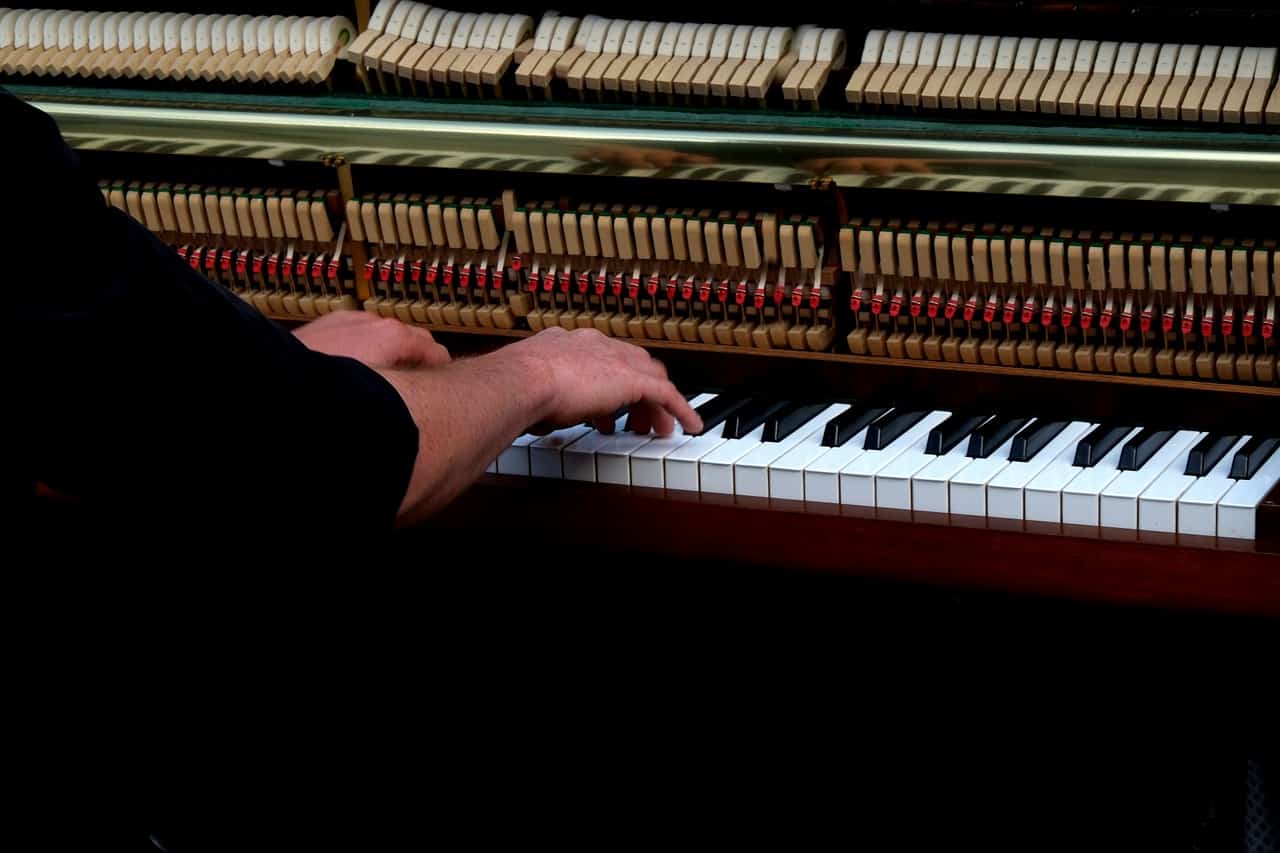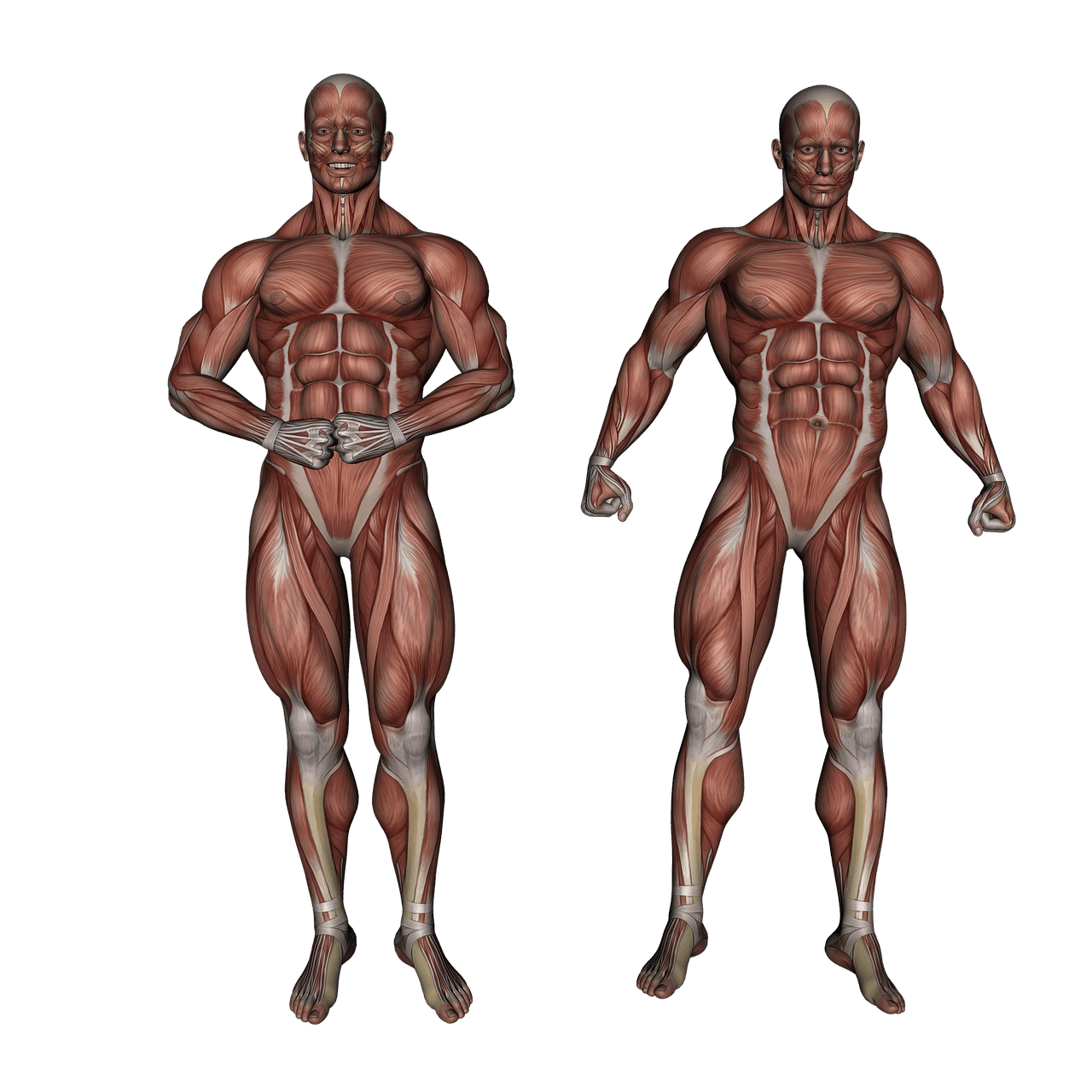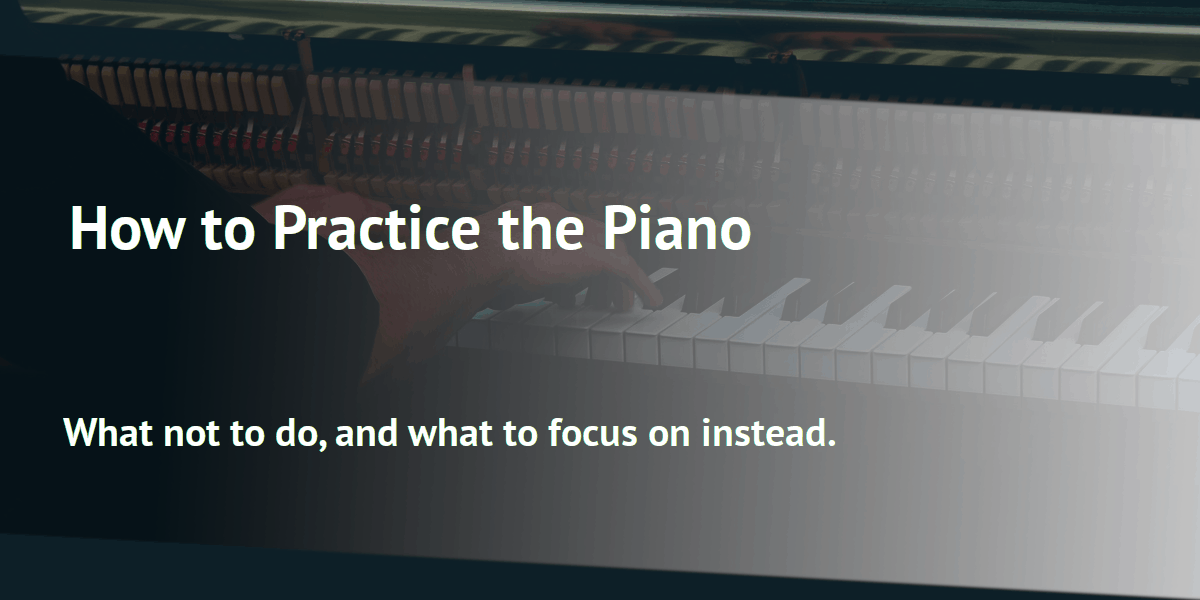When you practice the piano, do you just sit down and play, hoping that you won’t make any mistakes? This is common but counterproductive.
I am quite familiar with the experience of being a student in a lesson and feeling like I have no clue how to fix everything, how to please the teacher, or what the heck I’m supposed to be doing right now. Teachers don’t help matters by encouraging the student to focus on whatever the teacher or student is most worried about. So, it is no wonder that students often don’t have a clear idea of what they are supposed to be focusing on while playing the piano, and seem to lack the ability to focus on anything.
In this article, I will explain why pianists generally don’t practice very well, and I will describe 4 specific things you can focus on while practicing piano.
Wrong ways to practice
There are two big mistakes pianists make all the time:
What NOT to do while practicing piano
Chasing feelings
Sometimes, we try to reproduce a feeling we experienced in the past. For example, if I played well at home and felt confident and in control, I might try to achieve this same feeling in my lesson.
Chasing mistakes
When we are practicing, we might have an intention to work on one thing, and then change focus when we notice another mistake that begs for our attention.
This is also counterproductive.
Don’t focus on the thing you’re trying to fix
Surprisingly, it can be a mistake to focus on the thing you are trying to correct. For example:
- To find a good fingering, don’t focus on the fingering while you play (try not to even write in fingerings).
- To correct wrong notes, don’t focus on the notes while you play.
- To avoid rushing, don’t write “don’t rush!” in the music and trying to heed this advice while you are playing.
It is only natural to want to try to fix our mistakes. However, it just makes it worse. Instead, focus on something simpler, with an eye toward trying to identify what is causing you to make the mistake, rather than trying to fix it. Trying to fix mistakes themselves often leads to frustration and a feeling of effort and is generally not the most efficient way of fixing problems.
When you practice the piano, pick one thing to fix your attention on for the duration of the session. This can help you understand better where you are avoiding putting your attention, and why.
What TO do while practicing piano
So, what should you focus your attention on?
Focus point #1: The metronome
Many pianists who are not used to the metronome find it stressful. The only way to deal with this is to get used to it.

Practice tips:
Listen to the clicking of the metronome, and listen to how your playing aligns with it. If you are not with the metronome, listen to that as well. There is no need to fix it. Check out my post on how to use a metronome.
Focus point #2: Your arms

It can be very useful to think of piano playing as being about dropping the arms onto the keyboard. Here, you can focus on the feeling of release in the arms with each beat. This makes thinking about technique much simpler than having to worry about the tiny movements of the fingers.
Practice tips:
As you play, focus on how your arms drop onto the keyboard with each beat. Even if you make mistakes, make sure that rhythm in your arms is not interrupted. Keep the attention on the dropping. Not on the lifting. Not on the notes.
Focus point #3: Your body

Piano playing is a whole-body activity. It’s not just about your arms. So, the more awareness you can gain of your full body, the more awareness you will have of your piano playing.
Practice tips:
The breath can be a remarkably reliable indicator of your physical state in general. When we feel anxiety, we tend to hold our breath, or otherwise interrupt it suddenly. If you keep your attention on the breath, it is amazing what you will become aware of.
Focus point #4: The sound

Normally, our brains interpret sound coming out of the piano as music. If the music sounds right, we get lost in it, much in the same way as we get lost in the imaginary world of a good novel or film. If the music sounds wrong, it can make us feel physically uncomfortable and anxious. It is good that we can experience both of these possibilities, but they also take our attention away from the task at hand.
Practice tips:
Try focusing on the sound, not on the music. If you play a wrong note, hear it without reacting to it, without trying to correct it. If a chord progression captures you and makes you feel excited, don’t react to it, but rather try to hear it as simply sound, with zero emotional content.
Creating a piano practice routine
In a given practice session, you might combine all 4 of these focus points, spending a certain amount of time on each.
Here is a sample piano practice routine (1 hour):
- 1Choose a piece to work on for the entire practice session.
- 2Play the technically difficult sections, focusing only on the rhythm in the arms (15 minutes).
- 3Play the entire piece over and over, focusing on the breath and whatever other bodily sensations show up (15 minutes).
- 4Spend the remaining time listening to the sound as you play, noticing whatever feelings it provokes in you (15 minutes).
You can also develop similar routines to help you practice scales or other technical exercises.
Feel free to mix things up as much as you are able to. Studies show that interleaved practice can be quite effective.
Your turn
The most important thing is that you have a clear sense of what you expect as you practice the piano. So, give it a try. Take a few suggestions from this article, build a practice routine for yourself, and let me know how it goes!

Leave a Reply